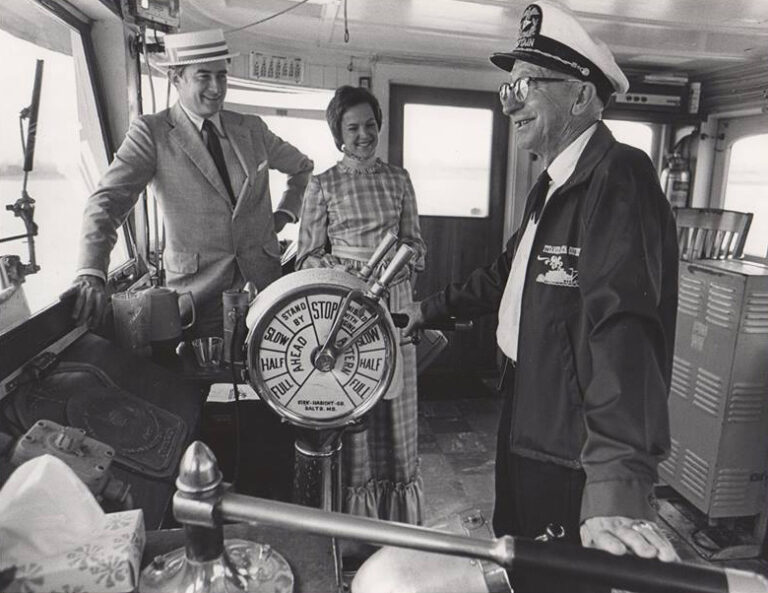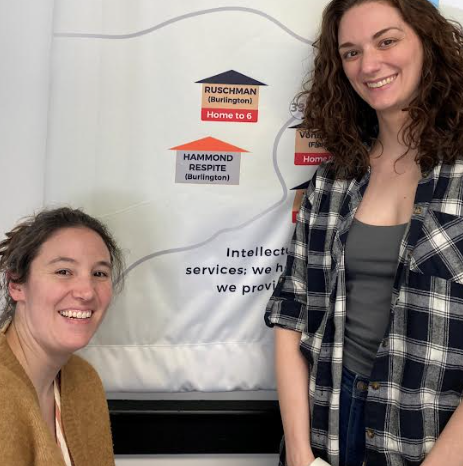The number of Kentuckians receiving preventive health services has risen dramatically since Medicaid expansion took effect in late 2013, new data from the state Department of Medicaid Services (DMS) show.
In calendar year 2014, more than 159,500 Medicaid recipients received preventive dental services, nearly 51,300 were screened for breast cancer and more than 35,600 received colorectal cancer screenings – more than double the number of people who received those services in 2013.
“I have said from day one that giving every Kentuckian access to affordable quality health care coverage will help us tackle our ongoing abysmal health outcomes,” Gov. Steve Beshear said. “We are now seeing our citizens take even greater advantage of the opportunity to receive these life-changing screenings for cancers like breast and colon. No longer are their medical choices limited to emergency room or charity medical visits. As these preventive health services increase so does the compensation to our medical providers who are helping to improve the wellness of our Kentucky families. I’m excited about the enormous gains we’re seeing and even more excited about the long-term implications for our state’s health.”
These findings and others were presented during the kyhealthnow quarterly meeting held today.
“Prevention and early detection are absolutely critical to improving the health and lives of our citizens,” said Lt. Gov. Crit Luallen, who chairs the kyhealthnow initiative. “These findings indicate not only the pent-up demand for health care in general, but they clearly show that Kentuckians not only want but are embracing the availability of these life-saving services.”
Gov. Beshear has made improving the health and wellness of Kentucky’s children, families and workforce one of his highest priorities. In February 2014, he announced kyhealthnow to track the progress of health care reforms and advance the well-being of Kentucky’s citizens. The initiative outlines seven key health goals for the Commonwealth to work toward achieving by the year 2019, along with strategies to support the attainment of those goals.
In March, the kyhealthnow Oversight Team released its annual report to assess progress made toward meeting the program’s goals. That report cited measurable improvements in six of the seven major kyhealthnow goals, including reduced smoking and tobacco use, increased cancer screenings and prevention, and a decline in the number of cardiovascular deaths.
During Wednesday’s meeting, team members received an update and reviewed the new data that showed a continued uptick in the utilization of various preventive health services.
Specifically, from calendar year 2013 to 2014, the data shows the number of individuals receiving the following services increased:
· LDL-C screenings (cholesterol screening test), 80,769 to 170,514 (up 111 percent)
· Preventive dental services, 73,739 to 159,508 (up 116 percent)
· Hemoglobin A1c tests, 52,685 to 101,360 (up 92 percent)
· Annual wellness or physical exams, 22,290 to 63,888 (up 187 percent).
· Cervical cancer screenings, 41,613 to 78,281 (up 88 percent)
· Breast cancer screenings, 24,386 to 51,292 (up 111 percent)
· Annual influenza vaccinations, 14,090 to 34,305 (up 143 percent)
· Colorectal cancer screenings, 17,164 to 35,633 (up 108 percent)
· Osteoporosis screenings, 994 to 2,908 (up 193 percent)
· Diabetes screenings, 784 to 1,214 (up 55 percent)
· Alcohol misuse screening and counseling, 597 to 1,205 (up 102 percent)
· Tobacco use counseling and interventions, 406 to 1,094 (up 169 percent)
“These numbers indicate a very positive trend among the Medicaid population,” said Dr. John Langefeld, DMS medical director. “Not only are people seeking care when they are ill or in need of treatment, but they are taking advantage of services, like screenings and vaccines, that will prevent them getting sick later on. Increased utilization of preventive health services helps build a healthier population and a better, healthier state.”
Members also heard from officials on the progress of the tobacco-free policy at state facilities, and an update from the city of Louisville on its needle exchange program.
Aim to reduce smoking
The kyhealthnow program aims to reduce Kentucky’s smoking rate by 10 percent in the next 5 years.
By executive order, Gov. Beshear made all state buildings, grounds and vehicles free of all tobacco products and e-cigarettes in November 2014.
Kentucky ranks at the bottom – 49th – compared to all other states’ smoking rates.
Lori Flanery, secretary of the Kentucky Finance and Administration Cabinet; Joe Cowles, commissioner of the Kentucky Personnel Cabinet’s Department of Employee Insurance; and Melinda J. Ickes, assistant professor at the University of Kentucky, discussed progress on the evaluation of the tobacco-free executive order.
They reported that the Governor’s tobacco-free executive order, coupled with the incentives to adopt a healthy lifestyle included in the Kentucky Employees’ Health Plan (KEHP), have resulted in a decrease in the number of state employees who smoke and lower health care claims costs.
From state Fiscal Year 2014 to 2015, the number of self-reported smokers enrolled in KEHP decreased by more than 13 percent while the number of smokers employed in the executive branch decreased by more than 16 percent. While the overall KEHP population of non-smoker claims costs decreased during FY 2014/2015 by 10.68 percent, non-smokers claims costs for the executive branch decreased by even a greater percentage at 13 percent.
Also during the meeting, Dr. Sarah Moyer, interim director of the Louisville Metro Health Department, updated members on the city’s harm reduction and syringe exchange program.
“The goal of the Louisville Metro Syringe Exchange Program is to stop the spread of HIV and hepatitis C in Louisville by preventing people who inject drugs from sharing and reusing needles,” Dr. Moyer said. “The program also brings drug users into contact with the health system where they can seek treatment for their addiction. The program is working. Through July the program has 337 clients. Fifty three voluntarily opted to be tested for HIV and 21 were referred for drug treatment. So far we have not seen a rise in HIV cases.”
Recently passed anti-heroin legislation, Senate Bill 192, allows local jurisdictions to establish needle exchange programs (NEP) to protect public health and create a path for heroin users to get treatment while preventing the spread of diseases through the sharing of needles.
The needle-exchange language and other provisions in SB 192 were enacted to combat the pervasive grip of substance abuse and addiction in Kentucky. According to a recent report by the Office of Drug Control Policy, Kentucky overdose deaths increased in 2014, to 1,087. Of those, 233 were attributed to heroin.
Reducing deaths from drug overdose by 25 percent is another goal of kyhealthnow.
Copies of presentations from today’s kyhealthnow meeting are available online at http://governor.ky.gov/healthierky/kyhealthnow/Pages/resources.aspx.


















